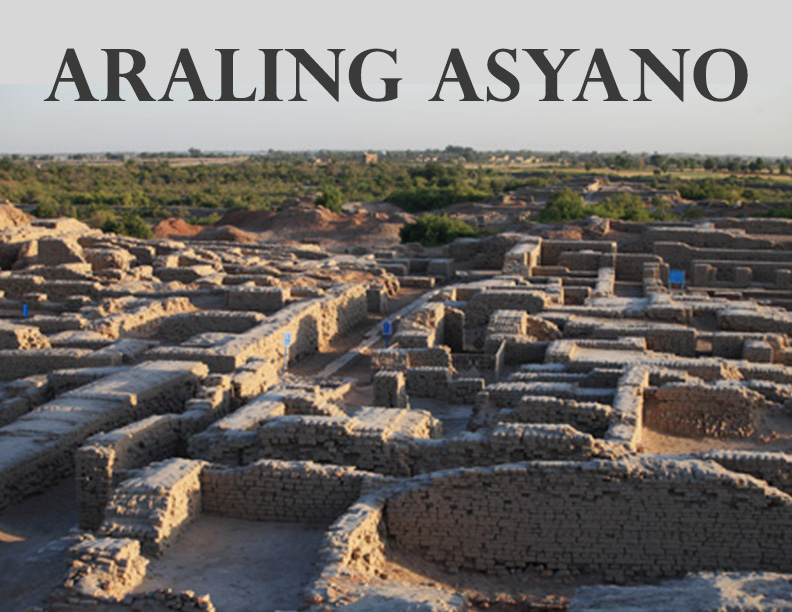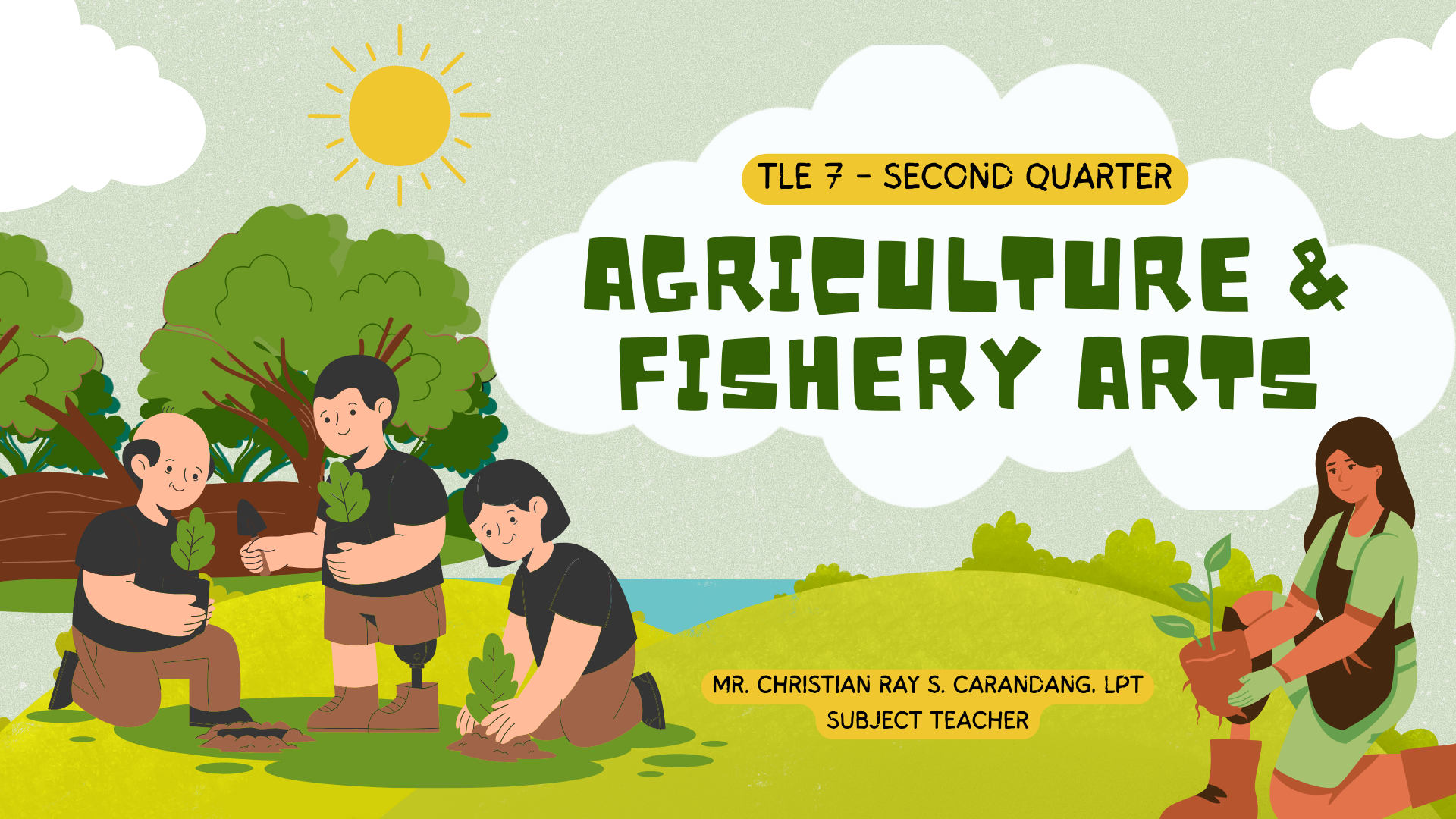Ang kursong ito ay nakatuon sa pag-unawa at pagpapahalaga sa kamalayan sa heograpiya , kasaysayan, kultura, lipunan, pamahalaan at ekonomiya ng mga bansa sa rehiyon tungo sa pagbubuo ng pagkakakilanlang Asyano at magkakatuwang na pag-unlad at pagharap sa mga hamon ng Asya.

- Teacher: Rixequel Genteroy
Ang ikalawang markahan sa kursong ito ay nakatuon sa Pamilya Bilang Unang Paaralan ng Pagmamahal

- Teacher: Jocelyn Intong
- Teacher: Irish B Josue
This course is intended in congruence to the K-12 Matatag Curriculum Guide for English which aims to hone and develop the student’s communication skills while learning the Philippine History of language. The students will learn the different domain of reading, listening, and viewing comprehension as well as the vocabulary enrichment, literature, writing and composition, oral language fluency and grammar awareness while nation’s history is being unfolded. By the end of the journey, they will become better and more responsible users of the English language.

- Teacher: Jana Allysa C Alvarez
- Teacher: Lhenie Lualhati Mella
- Teacher: Arla Pabilonia
Pagkatapos ng Ikapitong Baitang, naipamamalas ng mag-aaral ang kakayahang komunikatibo, mapanuring pag-iisip, at pag-unawa at pagpapahalagang pampanitikan gamit ang teknolohiya at iba’t ibang uri ng teksto at akdang pampanitikang rehiyunal upang maipagmalaki ang sariling kultura, gayundin ang iba’t ibang kulturang panrehiyon.

- Teacher: Arla Pabilonia
- Teacher: Kyla Jean J Zamora
At the end of the course, the learner must be able to demonstrate understanding of key concepts and principles of numbers and number sense (sets and real number system); measurement
(conversion of units of measurement);patterns and algebra (algebraic expressions and properties of real numbers as applied in linear equations and
inequalities in one variable); geometry (sides and angles of polygons); and statistics and probability (data collection and presentation, and measures
of central tendency and variability) as applied - using appropriate technology - in critical thinking, problem solving, reasoning, communicating, making
connections, representations, and decisions in real life.

- Teacher: Cindy Ramos Marasigan
- Teacher: Irish Villanueva
After studying how organ systems work together in plants and animals in the lower grade levels,students can use a microscope when observing very small organisms and structures. Learners will recognize that living things are organized into different levels:
Cells, tissues, organs, organ systems, and organisms. These organisms comprise populations and communities, which interact with non-living
things in ecosystems.

- Teacher: Harry Joshua Constantino Cayos
- Teacher: Gary Ed Flores

- Teacher: Christian Ray Carandang
- Teacher: Maydell Danac - Pablo